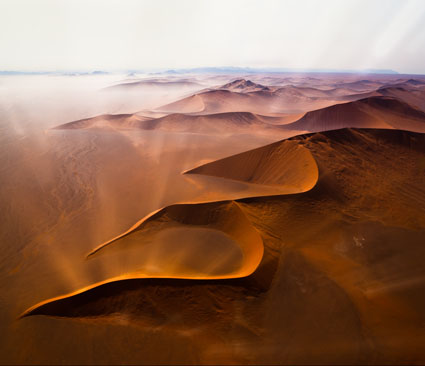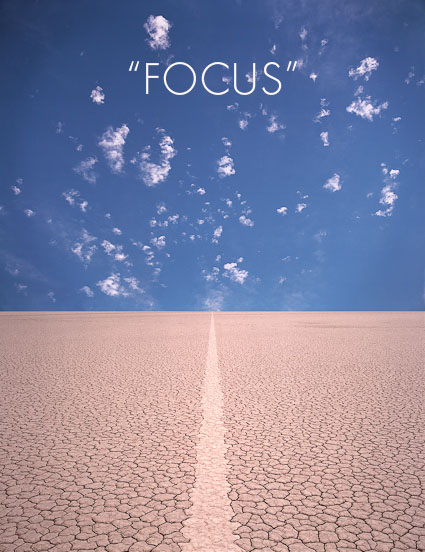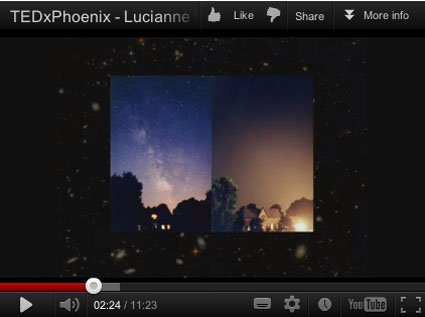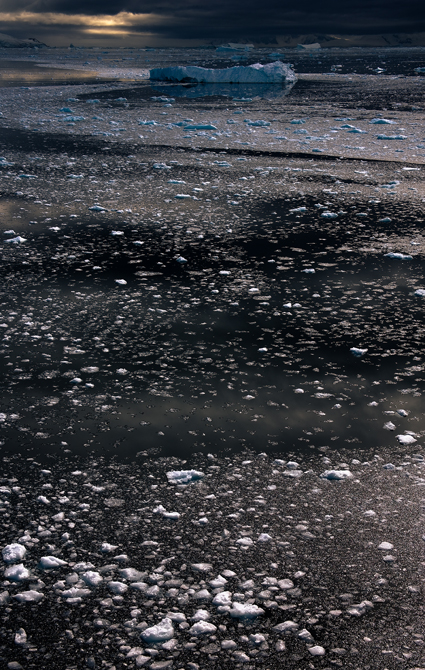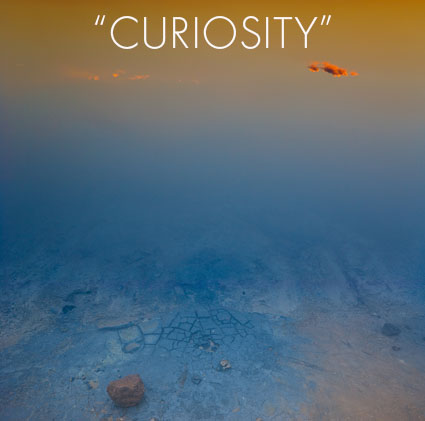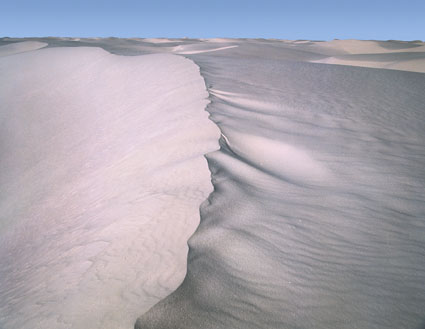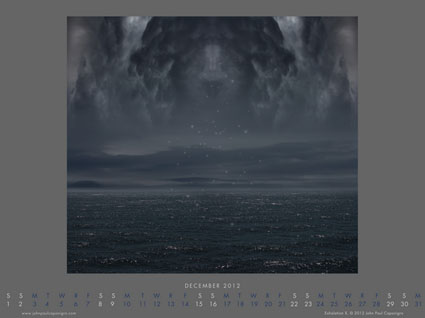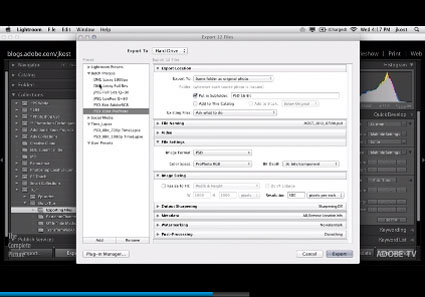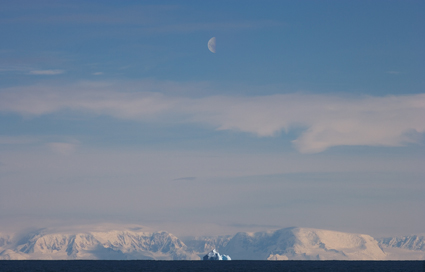
The question “How long should I meditate?” is a question I urge you only to resolve for a given moment and never finally. The question will serve you much better, better than any single answer, if you consider it and reconsider it, over time.
Most questions that start with the word should limit rather than open options, unnecessarily. In point of fact, this question can be misleading, suggesting that there is an ideal duration for meditation, when if fact developing a sensitivity to what different durations contribute to a continuing practice of meditation is much more useful.
Much has been made of longer forms of meditation while only a little has been made of their shorter counterparts. Longer isn’t better than shorter. They’re just different. Both have a role to play in your life. What that role is, is not something to be prescribed by another, rather it is for you to discover.
The question, “How are longer and shorter forms of meditation different?” is a much more useful starting point.
Shorter forms of meditation are more easily practiced regularly and frequently. Practicing this way consistently can more quickly and deeply establish new patterns of attention and awareness. Many people find the downside of shorter meditation intervals is that it may take more time for the mind to settle down and achieve significant depth in an experience. Keep at it. All you need is practice. When the mind knows that it has only a certain amount of time to accomplish something avoidance, procrastination and distraction are often reduced. You can train your mind to change states much more quickly than you might have expected.
Sometimes necessary for more complex forms of meditation, longer intervals of meditation allow for more repetition of a single practice or comparison between different practices in a single session, enabling more direct comparison and contrast as well as immediate refinement with each new cycle. This may lead to a greater depth of experience. It can also lead to different states of awareness, neither better nor worse, but certainly different. I encourage you to experience many states of awareness so that you can make future choices knowledgeably.
You may find that meditating for certain durations of time comes easier for you than others. This is a useful observation. Follow it with another. Ask yourself, “Why?” If it’s working, go with it. At the same time, I’d encourage you to experiment with other durations that may not come as easily. If you do, you’ll make many other useful observations. And, with practice, you’ll develop a more versatile skill set that will offer you many more opportunities to choose from.
This is key. After you finish meditating, follow up with yourself and make some observations about your experiences. Keeping a journal of your experience often facilitates greater clarity about past experiences and future decisions.
Don’t take my word for it … or anyone else’s – and I mean anyone. Confirm observations made by others with your own.
How does your experience of meditation change with changes in its duration? As you become more fully aware of the differences time brings to meditation, you can choose to meditate for an interval that seems right for the moment. After all, it’s your moment.
Find more on Mindfulness here.


